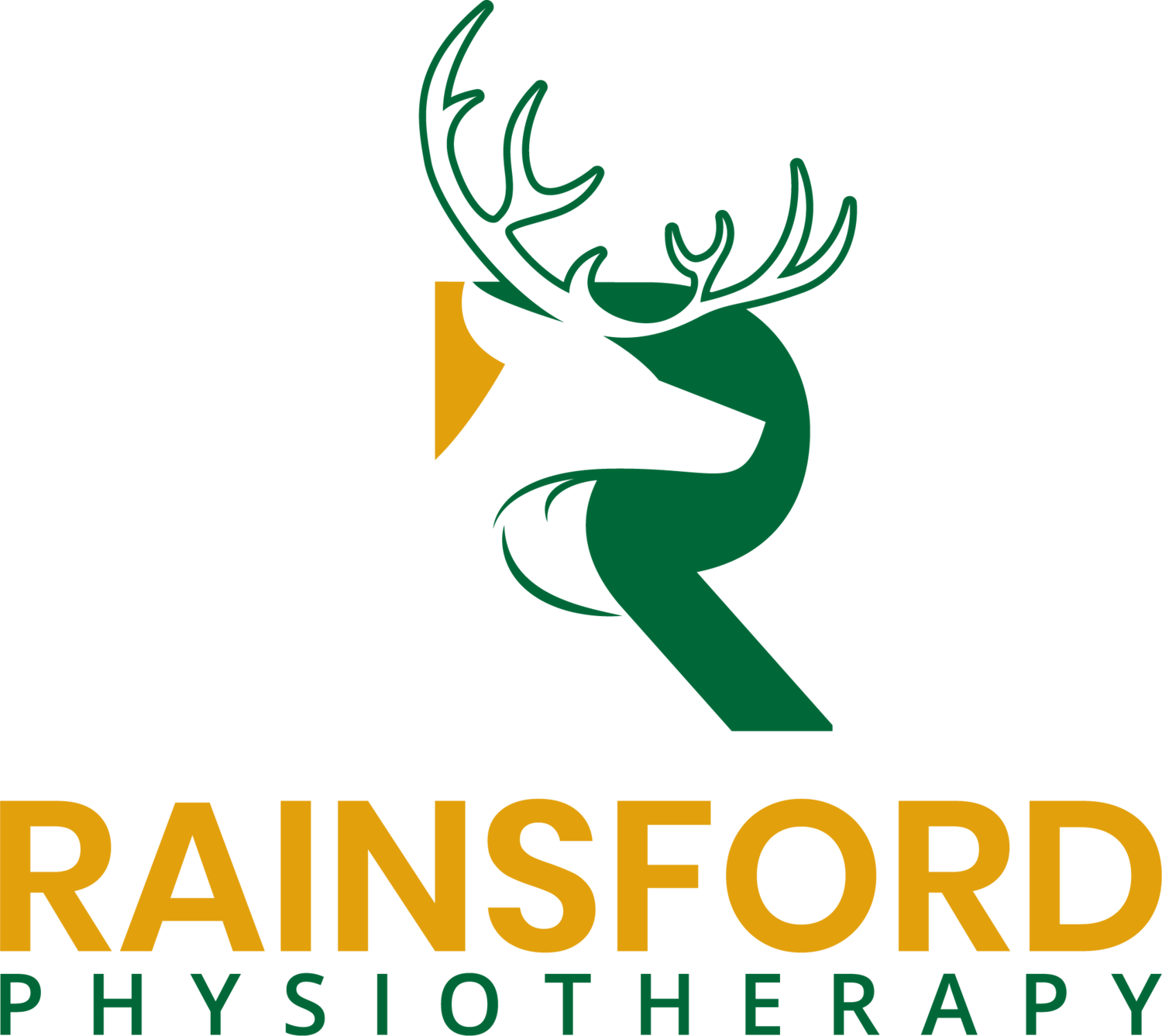How Physiotherapy Can Support Patients with Sleep Apnea
Sleep apnea is a medical condition in which breathing repeatedly stops and starts while someone sleeps. The most common form, obstructive sleep apnea (OSA), occurs when the muscles in the throat relax too much, causing the airway to temporarily close. Common signs and symptoms associated with sleep apnea include loud snoring, wake up and feeling unrested, and potentially experiencing headaches, fatigue, and difficulty concentrating during the day.
Sleep apnea is routinely managed with devices like CPAP (Continuous Positive Airway Pressure) machines, which keep the airway open with a steady stream of air, or dental appliances that reposition the jaw and tongue. While these treatments can be effective, they don’t always address the root causes, such as muscle weakness, posture, or breathing mechanics. This is where Physiotherapy can play a helpful role!
Physiotherapists are trained to assess and treat the muscles, joints, and breathing patterns of the body. When it comes to sleep apnea, the goal of Physiotherapy interventions is not to replace medical devices but to complement traditional care by improving airway function and reducing strain/stress/tension on the body.
Here are a few ways Physiotherapy can make a difference:
1. Breath Retraining
Many people with sleep apnea have inefficient breathing patterns, such as shallow chest breathing or overuse of neck and shoulder muscles. Physiotherapists can teach diaphragmatic breathing techniques, which strengthen the main breathing muscle (the diaphragm) and encourage deeper, calmer, and more efficient breathing. With regular practice, this can reduce night-time breathing disruptions and improve sleep quality.
2. Orofacial and Airway Muscle Exercises
Specific exercises targeting the tongue, throat, and soft palate, similar to those done in patients with Temporomandibular Joint Disorder (TMD), can help reduce sleep apnea symptoms. Physiotherapists with training in managing this area of the body can guide patients through exercises to strengthen the muscles that keep the airway open during sleep. These are simple, non-invasive, and can be done at home after some guidance.
3. Postural Training and Neck Mobility
Poor posture—such as rounded shoulders or a forward head position—can contribute to airway narrowing. Physiotherapy can promote improvement in spinal mobility and postural strength, which helps reduce the physical compression of the airway. Gentle stretching and strengthening routines can also ease tension in the chest and neck muscles, making breathing easier.
4. Weight Management Through Exercise
Excess weight is a well-known risk factor for sleep apnea. Physiotherapists can design safe, personalized exercise programs that promote weight loss while also strengthening respiratory muscles. Even modest improvements in fitness and weight can reduce symptoms of sleep apnea.
5. Relaxation and Nervous System Regulation
Stress and tension can worsen sleep quality. Physiotherapists may use methods such as guided relaxation, gentle stretching, and body awareness exercises to help calm the nervous system. A relaxed, calm body often can access better breathing patterns and deeper sleep.
Main Takeaway
Sleep apnea is a complex condition that affects a surprising number of humans. Traditional care involves the use of medical devices, like CPAP, and your Physician can help determine what is the best front line approach for your body. Physiotherapy interventions offer a holistic, supportive approach that focuses on strengthening the muscles involved in breathing, improving posture, retraining breathing patterns, and supporting long-term lifestyle changes.
If you or a loved one has sleep apnea, a Physiotherapy assessment could be a valuable step alongside your medical care. With the right guidance, small daily changes in breathing, posture, and movement can have a big impact on your sleep quality and overall health.
- Thanks for reading and keep looking for more posts in the future on other ‘hot topics’ in the world of Physiotherapy and Physical Rehabilitation!

